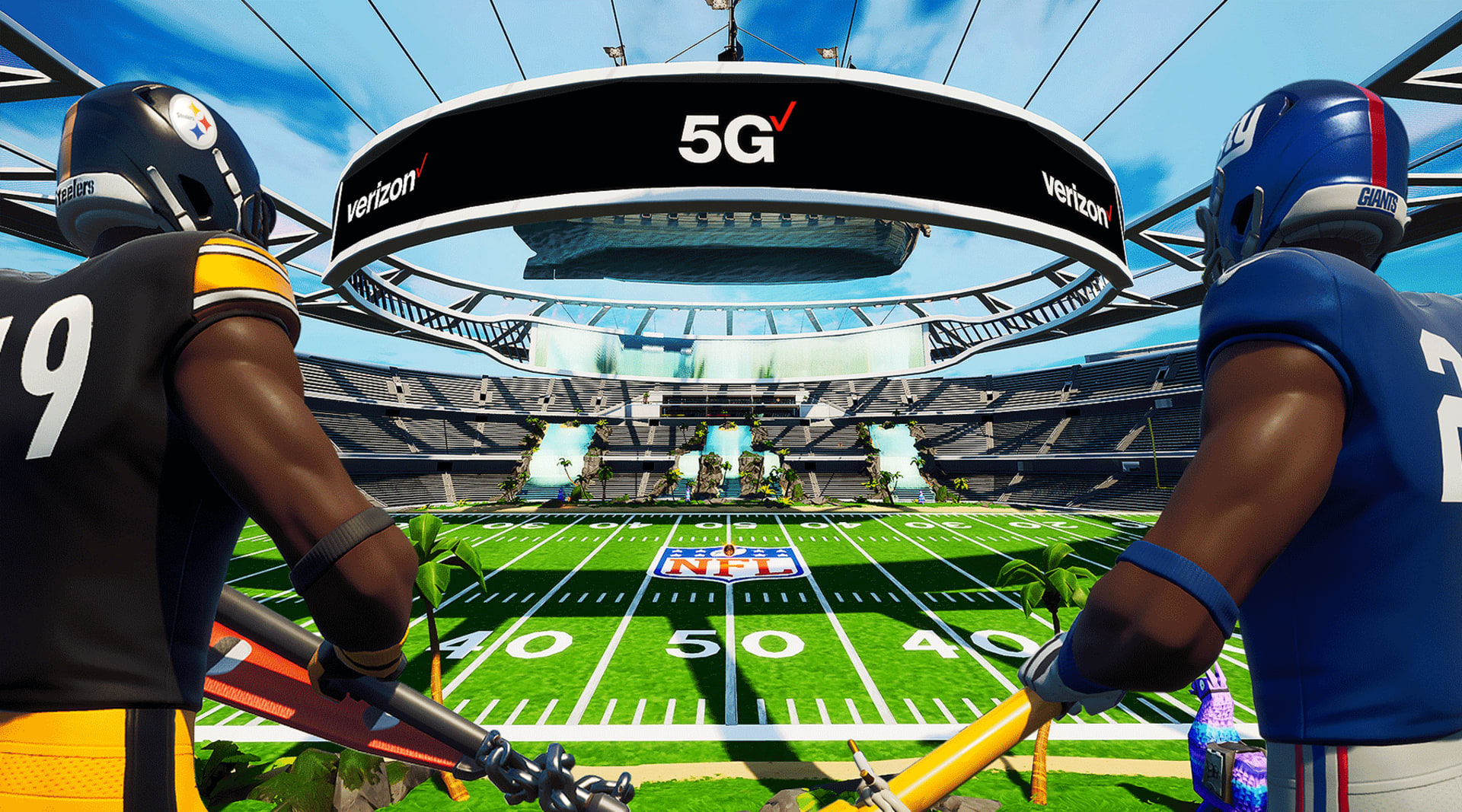The arrival of 5G—and excitement around its potential to transform digital engagement—has been heralded for years. 5G first captured public interest in 2018, which the Washington Post dubbed “the year of 5G hype,” but behaviors, devices and network infrastructure needed time to catch up. Could we finally be approaching the 5G revolution?
User behavior indicates that we are. Half of all mobile users say they’re streaming more content on their smartphones than they were before the pandemic—debunking the common assumption that most mobile streaming takes place on the go. 53% of respondents across the US, UK, Germany, Turkey, Japan, Singapore, Korea, and China report that they’re using their phones to stream more now than prior to the pandemic, and nearly a third (32%) report no change in their streaming habits, according to a November 2020 survey conducted by global app marketing analytics platform Adjust.





